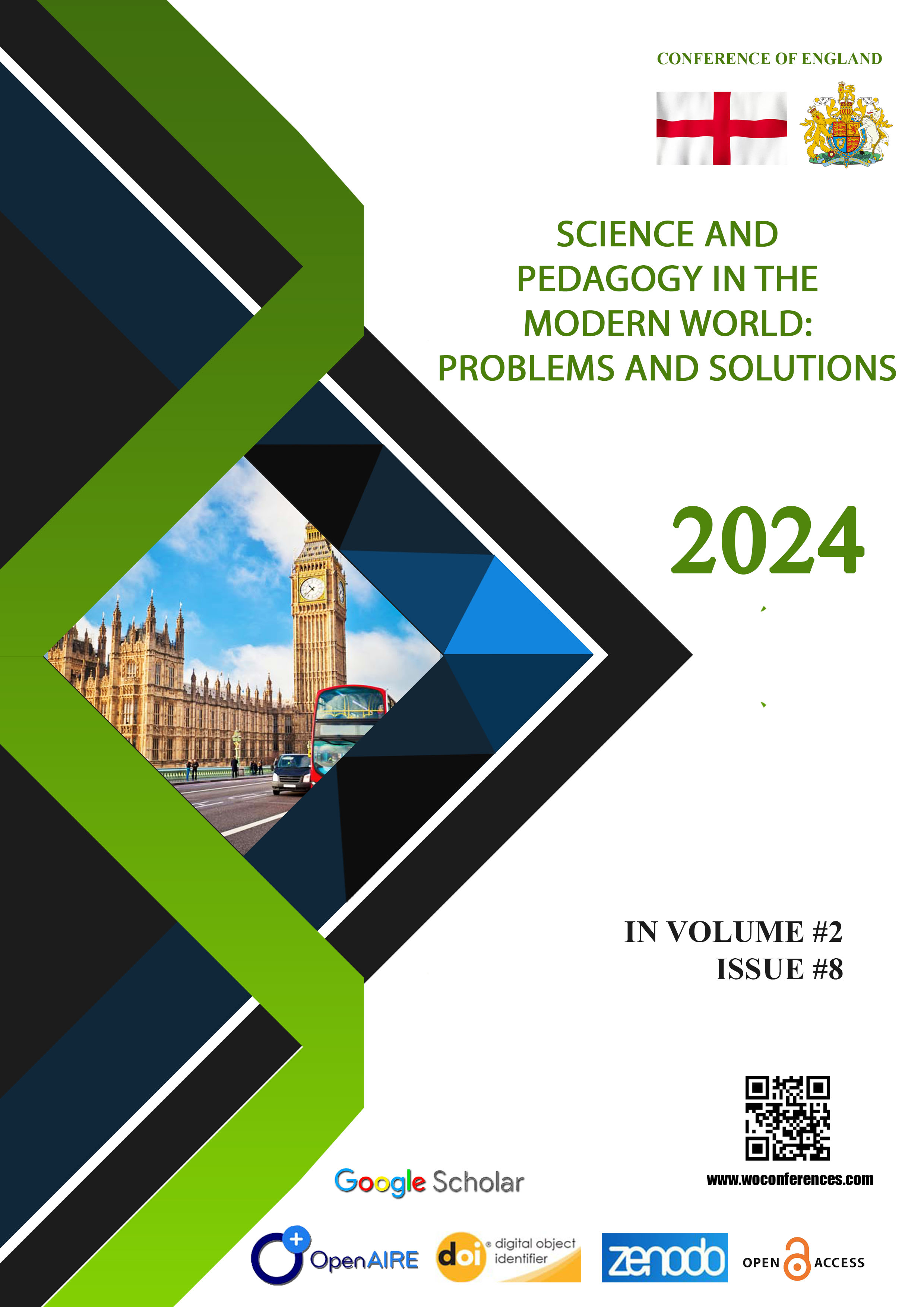THE SEMANTIC AND STYLISTIC FEATURES OF PROVERBS ABOUT MEN AND WOMEN
Abstract
This article investigates the semantic and stylistic features of proverbs that describe men and women in the context of anthropocentric and gender linguistics. Proverbs represent the condensed experience and worldview of a nation, and their semantic depth reveals how societies conceptualize gender roles, relationships, and values. The study analyzes how men and women are portrayed in proverbs of the Uzbek and English languages, exploring metaphor, symbolism, contrast, and evaluative semantics as dominant stylistic features. It also examines the evolution of these gendered images in modern linguistic and cultural contexts. The findings show that while many traditional proverbs reflect patriarchal values, they also encode universal human wisdom about cooperation, morality, and harmony between genders.
References
1. Lakoff, G., & Johnson, M. (1980). Metaphors We Live By. University of Chicago Press.
2. Tannen, D. (1990). You Just Don’t Understand: Women and Men in Conversation. Ballantine Books.
3. Lakoff, R. (1975). Language and Woman’s Place. Harper & Row.
4. Mieder, W. (2004). Proverbs: A Handbook. Greenwood Press.
5. Sharipova, G. (2020). Gender and Language in Uzbek Proverbs. Journal of Cultural Linguistics, 8(2), 101–118.
6. Karimova, Z. (2021). Semantic Structures of Uzbek Proverbs. Tashkent State University Press.
7. Rahimova, D. (2019). Anthropocentric Features of Uzbek Paremiology. Uzbek Linguistic Studies, 5(3), 67–80.
8. Dundes, A. (1981). On the Structure of the Proverb. Proverbium, 1, 43–50.
9. Wardhaugh, R. (2010). An Introduction to Sociolinguistics. Wiley-Blackwell.
10. Norrick, N. R. (1985). How Proverbs Mean. Mouton de Gruyter.









